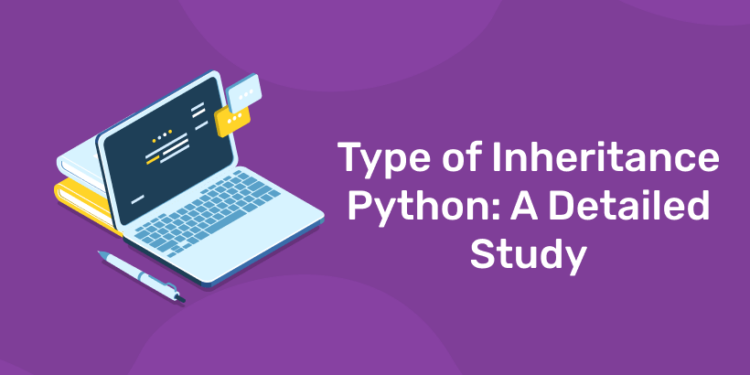Python is a popular high-level, general-purpose programming language. Guido van Rossum invented it in 1991, and the Python Software Foundation continued to advance it. Programmers may convey their ideas in less code because of its syntax, which was created with code readability in mind. Python is a programming language that enables quick work and more effective system integration. Nowadays, the majority of employers are looking for applicants with experience in Python programming. Python knowledge may increase a candidate’s chances of impressing the interview panel. Therefore, I advise newcomers to learn Python and succeed at it.
Sign up with Entri App and Learn Python from experts!
Python is one of the languages with the fastest global growth rates. Python is a robust, adaptable, and user-friendly language. The community is also quite active there. Due to its compatibility with several programming paradigms, it is utilized by numerous businesses. Additionally, it automatically manages memory. Multiple platforms for operating systems support the development and execution of Python programs. Linux, Windows, Macintosh, Solaris, and many other operating systems support Python. No need to worry about low-level details with Python, such as controlling the program’s memory usage. Python is easier to learn since it is more similar to the English language. Instead of focusing on the syntax, it places greater attention on the problem’s solution.
Build your career in Python. Join Entri App now!
Are you aspiring for a booming career in IT? If YES, then dive in |
||
Full Stack Developer Course |
Python Programming Course |
Data Science and Machine Learning Course |
Types of Inheritance in Python
The process through which the properties of the base class are passed down to the child class is referred to as inheritance. In Python programming, the idea of deriving a new class from an existing class is known as inheritance. We can pass on the properties of the existing class to our new class using the inheritance idea. The current class is referred to as the parent class, while the new derived class is referred to as the child class. It increases the reuse of code. We don’t have to keep writing the same code. We can add new features to the derived class while simultaneously inheriting the features of other classes through inheritance. Programmers don’t need to use the same logic and code. Thus, it lessens the effort required from programmers. The software appears more organized and succinct as a result of the inheritance ideas that were used. it facilitates reading. Inheritance works to make code more readable in this way. The number of parent and child classes involved determines what types of inheritance are available. In Python, there are five different types of inheritance. Let us look at the types of inheritance in Python.
- Single Inheritance
One class inherits another single class in single inheritance. A single child class inherits the attributes and capabilities of a parent class in this simple form of inheritance. This method of inheritance prevents code duplication and enhances code reuse by allowing a subclass or derived class to inherit the traits and properties of the parent class.
Because of this inheritance, a child class can derive from multiple parent classes. Classes in Java do not support this type of inheritance, however, this type of inheritance is supported in Python. If we need to acquire a variety of traits from several classes, it has a significant advantage.
The child class inherits from another child class via multilevel inheritance. The chain of inheritance in which the parent class is a subclass of another class is known as this. Multiple classes hierarchically receive the features and characteristics. We can think of it as an ancestor to grandchild relation or a root to leaf in a tree with more than one level to have a better vision.
- Hierarchical Inheritance
A type of inheritance called hierarchical inheritance involves numerous classes deriving from a single-parent class. Through this inheritance, a class can serve as the parent class for multiple child classes or subclasses. This has the advantage of allowing several child classes to share the functionality of methods, preventing code duplication.
- Hybrid Inheritance
In Python, hybrid inheritance combines different inheritance types. It is used as a naming convention when there are multiple types of inheritance involved but is not a sequence or pattern of inheriting classes. The user can make the best use of inheritance thanks to this functionality. This meets the condition for implementing a code that requires numerous inheritances.
Click here to know more about Python courses by Entri App!
Conclusion
All programmers are fighting in the war for clean code. And with the right object-oriented programming techniques, that struggle can be won. An effective OOP concept application helps us increase code readability, reusability, and optimal time and space complexity. One of the most popular object-oriented features is inheritance, and implementing it in Python is a challenging undertaking. Of all inheritances, Multilevel inheritance and Hierarchical inheritance are the ones to be noted.
| Our Other Courses | ||
| MEP Course | Quantity Surveying Course | Montessori Teachers Training Course |
| Performance Marketing Course | Practical Accounting Course | Yoga Teachers Training Course |












